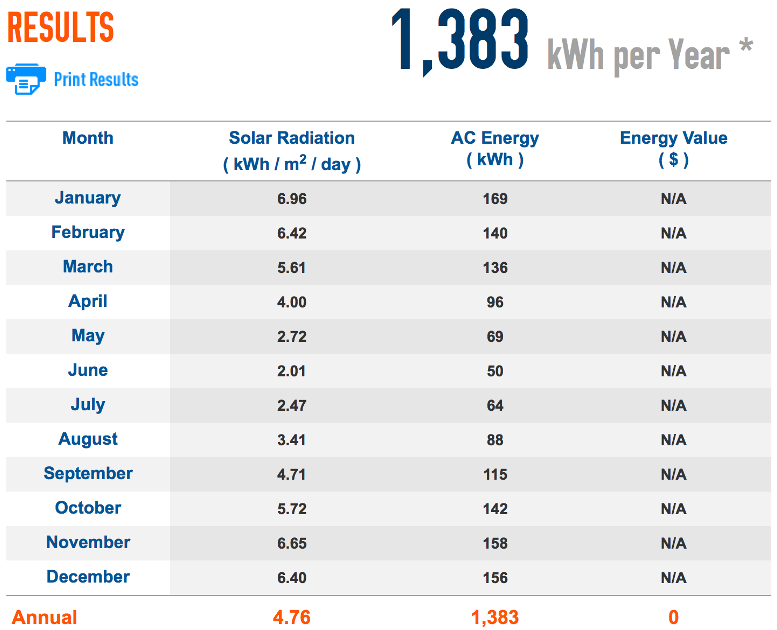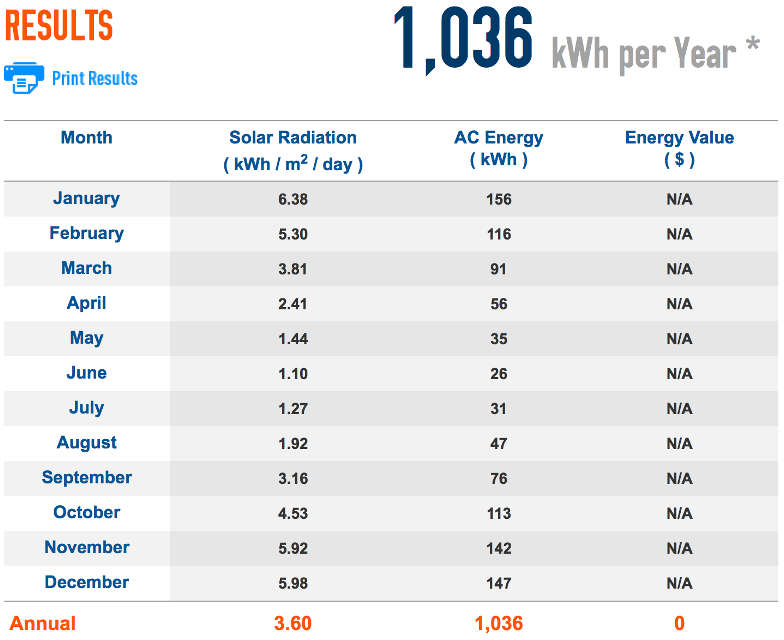South facing solar panels - the time has come
Solar panel prices have dropped rapidly over the years and with it, the economics of solar have changed. In the past, production incentives – such as Preferential Feed-in-Tariffs at rates higher than the cost of grid electricity – encouraged consumers to export as much of their solar as possible. Today, with such incentives removed and only the wholesale value of any excess electricity generated being paid, the new game is the self-consumption of “home grown” solar power.
North-facing panels give the highest annual yield and used to be the only way to go
For years we put in panels wanting the maximum average power output over time. Therefore we tilted the panels towards the equator at a tilt angle approximately equal to the latitude. This meant that PV installations in Melbourne, as an example, were based on a design aim of an orientation as close as possible to due north and at a 37-degree incline from the horizontal. In reality most roofs are 20-30 degrees and a small compromise was accepted for this as well as, perhaps, 10-15 degrees off true north depending on how housing plans were laid out.
Figure 1: Net production, North-facing solar in Melbourne

Source: NREL PV Watts
Next prices dropped, and customers started installing panels to the East and West
With solar panel prices trending towards $1.00 per Watt customers have become more willing to put panels on their roofs facing east and west. Also, for those wanting to maximise self-consumption, a purely north-facing PV system for many was found to not necessarily be the best option as it produces maximum output around lunchtime when many homeowners are out and about. Some commentators even claimed that panel installations should largely face west to better correlate maximum panel output with the residential network maximum peak, which occurs in the late afternoon. The cost in terms of loss of annual production (kWh) from facing panels due east or due west when compared to north is around 13%, according to modeling done by Zero Emissions Australia.
Figure 2: Net production, West-facing solar in Melbourne

Source: NREL PV Watts
Figure 3: Net production, East-facing solar in Melbourne

Source: NREL PV Watts
Enter the South-facing panel
To date, installing solar panels on a roof facing south has been a shunned option. Many solar companies and installers will refuse requests to install systems of south-facing roofs based on beliefs that the systems won't perform at all – but actually, this is a myth. According to various models, south-facing panels produce only 25% less annual electricity than North-facing panels or 15% less electricity than east- or west-facing panels.
South-facing panels, in Melbourne for instance on a 20-degree angle, produce power early in the morning and late in the evening during the summer, matching peak air-conditioning demands as well as cooking and other energy-intensive activities that tend to occur in the morning and early evening.
Also, the contribution of diffuse sunlight on solar panels during the winter in Melbourne runs at about half of all solar power produced. Diffuse sunlight is scattered light that is reflected and refracted through clouds and it is possible that panels that face south can actually produce more energy in these conditions than those that face north though these differences in production change on a day to day, hour by hour and minute by minute bases.
Figure 4: Net production, South-facing solar in Melbourne (20-degree angle to south)

Source: NREL PV Watts
Bringing it all together – panels in all directions
For those households that are shifting to zero grid imports or going completely off the grid – being able to produce enough power on a cloudy day in the depths of winter is the aim of the game. At this time (and for some time to come), it'll be a cheaper and more robust solution to achieve this aim with more panels on your roof than with very large storage systems, as the size of a storage system needs to almost triple (when compared with what is needed for summer, spring and autumn) to get a stand-alone solar house through four cloudy days of very low production in the winter months.
Therefore, households that are planning to have an independent solar energy supply or cut grid dependence as much as possible may need to utilise their entire roof for solar panel placement. In the future houses will need to have a good spread of panels installed on the north, east, west and south, or whichever of those configurations are available. Between 10kW and 20kW will be the ideal system size, depending on household circumstances. The price of a 10kW solar system today is less than what people were paying for a 2 or 3kW system a few years ago. Given that solar economics is about matching household demand with solar supply at any given time of day, south panels give better solar production at the times that energy is used the most in and around the average home, especially when there is no one home during the day.
Installers and solar companies alike, along with the public and policymakers, need to now recognise the benefits of south-facing panels in addition to already accepted north, east and west facing panels.
South-facing panels open up an entirely new opportunity for the solar industry and for customers who want to self-consume late into the evening during the hottest days when peak power tariffs are operating, for instance instead of paying 50c/kWh which is being charged in some parts of NSW. Also, those who want to use hot water heatpumps and reverse cycle air-conditioning will maximise their self-consumption during the winter, keeping a lid on energy costs and opening the opportunity to decouple from the grid altogether. Something that will be more and more attractive if the grid operators and retailers keep trying to price gouge, as they seem determined to do through constantly hiking their rates.
So next time you see a south-facing solar system you should smile, thinking that the industry is evolving and we're moving to the next stage of the solar revolution.
Matthew Wright is executive director of Zero Emissions Australia, technical director at Efficiency Matrix and resident columnist at Climate Spectator.















